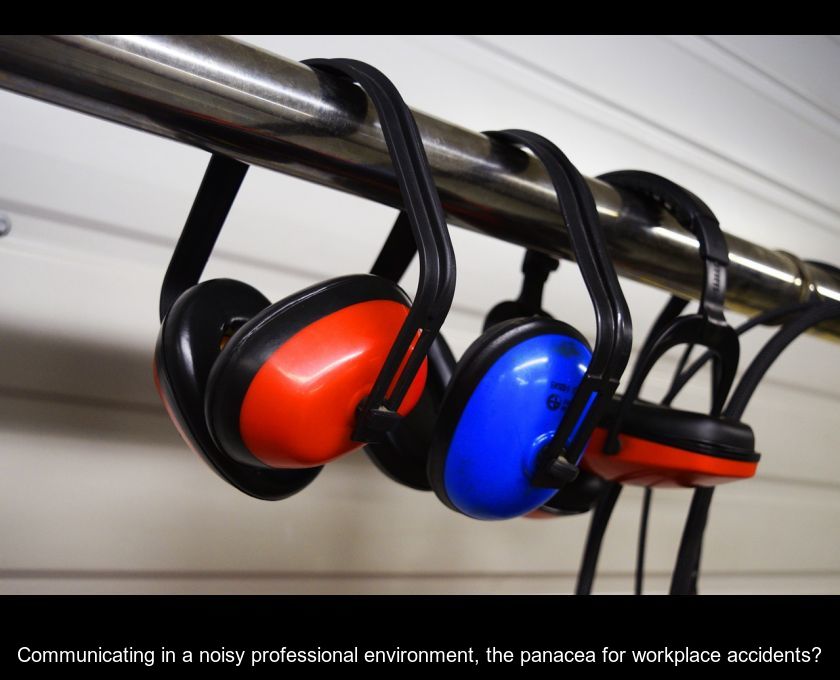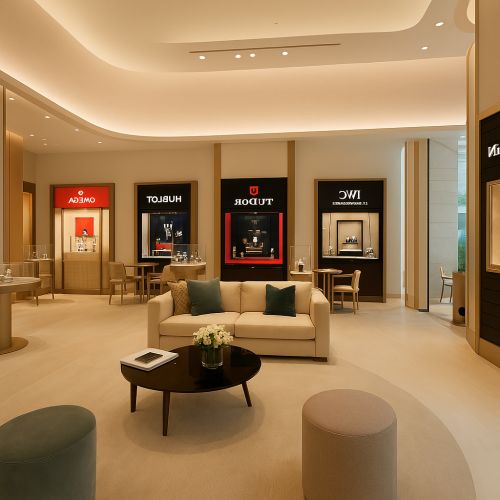Communicating In A Noisy Professional Environment, The Panacea For Workplace Accidents?
Noise is the most prevalent risk in the industrial world. Consequently, the dangers faced by workers are numerous. However, protection against nuisance sources often requires isolation. This significantly reduces the exchange of essential information between colleagues. Thus, to communicate better, employees are forced to remove their hearing protection equipment. This action, even for a short period, exposes them to noise pollution and potential accidents.
The effects of occupational deafness
Occupational deafness results from an employee's overexposure to noise in their workplace. Simply put, when you work in a noisy environment, your inner ear eventually adapts to the ambient and recurring noises it is exposed to. As the noise tolerance threshold increases in the employee, their hearing acuity decreases. Ultimately, they end up not hearing at all. Before the increase in the tolerance threshold becomes permanent, it undergoes variations due to auditory fatigue.
In addition to immediate effects like hearing loss, noise in a professional environment can be a source of stress. According to specialists, it is the intense and continuous exposure to noise nuisances that causes stress. The manifestations of noise effects include endocrine and nervous reactions.
In other words, noise affects the central nervous system, disrupting its functioning, as well as the cardiovascular system, psychological and behavioral balance with reactions such as depression, aggressiveness, nervousness, etc. The disruption of sleep rhythm and quality, as well as the immune system, are also consequences of overexposure to noise.
Furthermore, numerous studies show that noise negatively impacts both the quantity and quality of work provided by employees. Indeed, noise not only disrupts communication between employees but also reduces the concentration levels of workers, leading to discomfort, fatigue, and nervousness. This is why many specialists agree that it is the cause of numerous workplace accidents.
Preventive measures against hearing risks
The provision of personal protective equipment such as Bluetooth noise-canceling headphones plays a key role among the measures to curb this phenomenon. When employees are regularly exposed to very high sound levels, the employer is required to implement corrective actions to limit the impact. The objective is to maintain a climate of healthy collaboration in the workplaces.
Among these measures, the provision of hearing protection stands out. The choice of this equipment must be made in consultation with the main users, who are the workers. The occupational physician and even the prevention officers must also be involved in this consultation.
Establishing a retro-planning system to evaluate the effectiveness of the measures taken is another imperative for the employer. To facilitate better replacement when the time comes, consider keeping references of the models and types of hearing protection chosen in agreement with the users.







